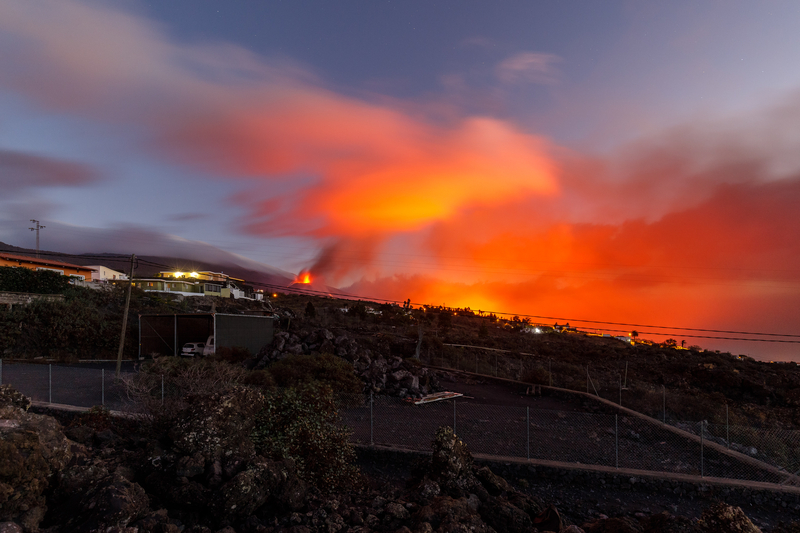
The team from the Universitat Politècnica de València (UPV), belonging to the Institute of Concrete Science and Technology (ICITECH), is studying various samples of volcanic ash from the Cumbre Vieja volcano, on the island of La Palma in the Canary Islands, in order to assess its potential use in the manufacture of cements and concretes.
The Cumbre Vieja volcano erupted for three months in late 2021, leaving behind millions of cubic metres of lava and ash before the eruption ended on December 25.
The results obtained so far by the UPV team show that these volcanic ashes are sufficiently reactive to be applied in the manufacture of cements with additions (type II) or pozzolanic cements (type IV). Likewise, the ashes show a good homogeneity taking into account the different origins of the samples collected.
"To date, we have carried out physical, chemical, mineralogical and mechanical tests, and the results show that these volcanic ashes meet the regulatory requirements for use as a mineral addition in cements," says Jordi Payá, from the research group on chemistry of construction materials (GIQUIMA) at the ICITECH Institute of the Universitat Politècnica de València.
Also participating in the project are María Victoria Borrachero, Lourdes Soriano and José Monzó, researchers at the ICITECH Institute; Mauro Tashima, contracted at the Universitat Politécnica de Valencia with a Maria Zambrano grant, financed by the Ministry of Universities with funding from the European Union's Next Generation funds; and Stanislav Barashkin, a student of the Official Master's Degree in Concrete Engineering at the UPV.

Volcanic ashes that are hundreds or thousands of years old are quite often studied, but in this case the ashes were emitted so recently, which the researchers say makes them unique. On the other hand, each volcanic emission produces ashes with different characteristics, so, according to the ICITECH team, it is necessary to study each case individually.
"These volcanic ashes should be considered as natural waste, as it is a material that has occupied or is occupying spaces that correspond to infrastructures, industries, roads, farmland and housing, hence the importance of carrying out these studies to be able to reuse this material", adds Mª Victoria Borrachero.
In this respect, Lourdes Soriano points out that, in order to recover part of the social and economic activity, and also to preserve the environment, it is necessary to recover the use of the several million tonnes of this ash that may be available. "And, in view of the first results of our study, cement-based materials are a great alternative for the management of this large volume of waste material. Therefore, this project is another example of the social impact of research, in this case, of our contribution from the UPV to the island's recovery strategies," adds Lourdes Soriano.
Thus, the main objective of the GIQUIMA-ICITECH team at the Universitat Politècnica de València is to give value to this ash in the field of civil engineering, by means of collection, management, conditioning and application through a cement or construction company. "We are now analysing projects in which the results of the research can be applied," adds José Monzó.














